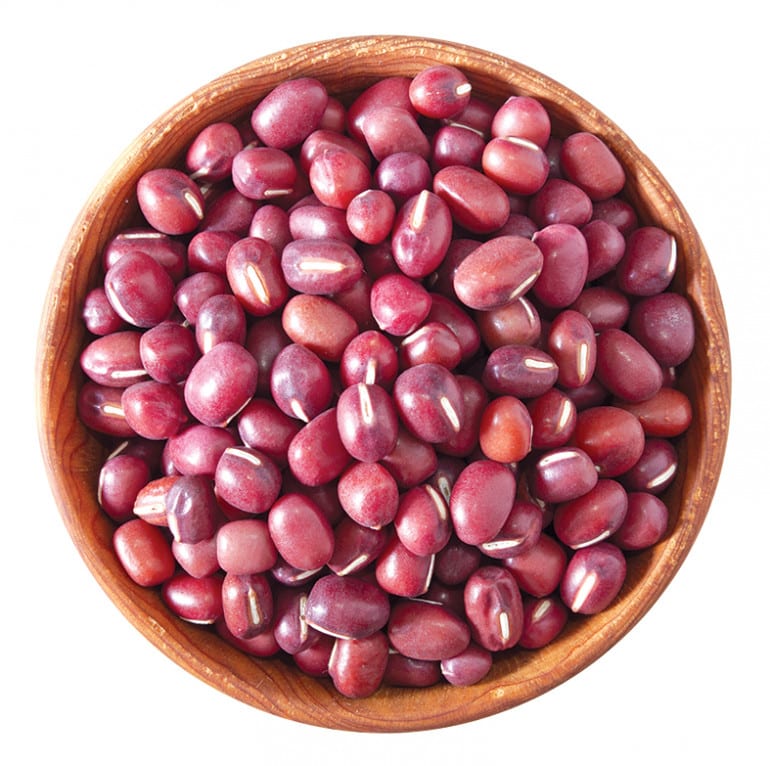Azuki beans, also known as “red beans”, have been eaten in Japan for thousands of years, with the earliest archaeological evidence of the beans coming from the Awazu-kotei Ruin — located in modern-day Shiga prefecture — which dates as far back as 4000 BC, in the mid-Jomon period. In Japan, as with many parts in East Asia, the beans are eaten in a paste form, which is prepared by cooking rehydrated beans in sugar until it’s reduced. The bulk of the beans are grown in the Tokachi region of Hokkaido.
Today, azuki beans remain very much an important element in Japanese cuisine, especially during festive occasions when it’s cooked with sticky rice to create a dish called sekihan (which literally translates to “red rice”). A mix of short-grain mochi rice and regular medium-grain rice is used to attain its glutinous quality. Sekihan has been a part of Shinto rituals from days of yore, when it was offered to the gods. These days, sekihan is a dish that’s used to mark the important days of a child’s growth. For instance, it’s served in obi-iwai, a ritual during the fifth month of pregnancy to wish for a safe delivery, as well as okuizome, a baby’s symbolic first meal when it’s 100 days old. However, sekihan has since gained popularity and is eaten on non-significant days too, as it’s seen as a nutrient-dense alternative to white rice. Azuki beans are rich in fibre, B-vitamins, protein and minerals.
